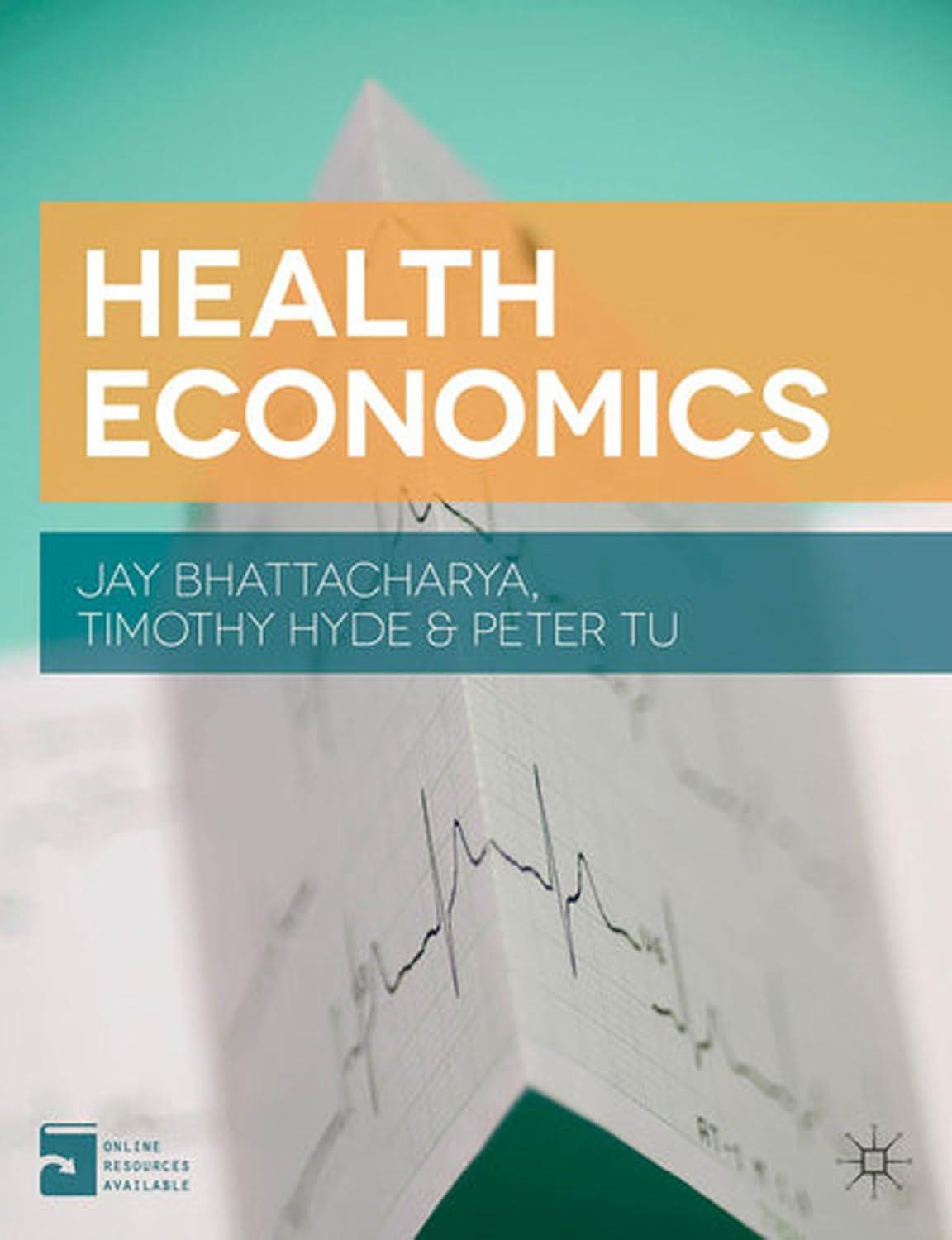It is October 31 (Halloween night), and thanks to a great pirate costume, you have pulled in
Question:
It is October 31 (Halloween night), and thanks to a great pirate costume, you have pulled in a record haul during trick-or-treating – 1001 pieces of candy! Before bed, you have to decide how you will allocate your candy over the next three nights. Your parents have already declared that any un-eaten candy will be thrown away after November 2. On any given night, your utility from candy is u(x) = ln(x), where x is the number of pieces consumed that night. In the following exercises, U0 and x0 will represent your utility and candy consumption respectively on October 31. The subscripts 1 and 2 denote analogous quantities for November 1 and 2 respectively.
a. Suppose you are a beta-delta discounter. Write down your overall utility from the perspective of your October 31 self as a function of β, δ, x0, x1, and x2. Also write down your overall utility from the perspective of your November 1 self as a function of β, δ, x1 and x2.
b. From the perspective of your October 31 self, what is the marginal utility of an additional piece of candy on October 31? That is, find ∂U0/∂x0. Also find ∂U0/∂x1
and ∂U1/∂x2, the marginal utilities from candy consumption on November 1 and on November 2.
c. Assume that you are have time-consistent preferences and a discount rate δ = 0.5. How do you allocate your 1001 pieces of candy between the three nights?
d. Show that you will not elect to reallocate your candy come November 1. That is, show that your original allocation from the night before also maximizes the new utility function on November 1.
e. Let’s assume you are still time-consistent but slightly more impatient than we thought; your discount rate is δ = 1/3. Now how do you allocate your 1001 pieces of candy on October 31?
f. Now assume you are actually a hyperbolic discounter, with β = 0.5 and δ = 0.5. If you are naive, how will you allocate candy on October 31?
g. If on October 31, you follow through on your plan from the previous part, how will you deviate from your plan on November 1?
h. According to the original utility function of the October 31 self, how much utility did the deviation on November 1 cost you? According to your November 1 utility function, how much extra utility did the deviation create compared to the October 31 plan?
i. What tradeoff do your October 31 and November 1 selves disagree about? Be as specific as possible.
Step by Step Answer:






